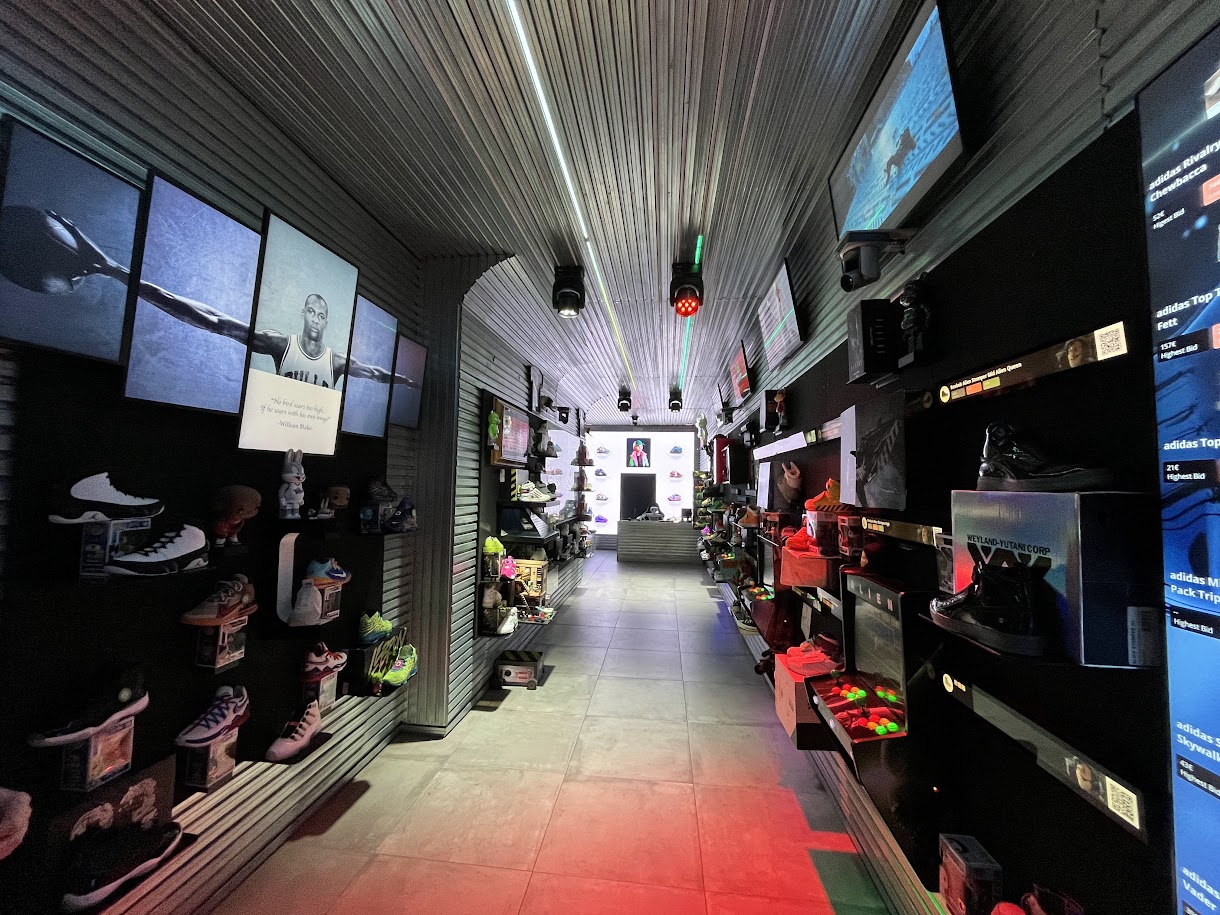
Barcelona’s Admira Is Big On Retail And DOOH, But Also On Sneakers And Star Wars
February 20, 2024 by Dave Haynes
I am finally getting back to notes and recordings done during ISE week, including one of my favorite memories of that recent show – a visit with the Barcelona-based software and solutions provider Admira.
The company is not known all that much outside of Europe, but is a substantial player in the signage market – with a turnover of about 10M EU, 100 people and some 60,000 active SaaS licenses, mainly in retail and DOOH.
I took a subway ride two stops up from my AirBnB, squirted out of the Fontana Metro station and found myself in a different world – the Gracia neighborhood I’d read about in Barcelona but not yet visited. It’s gorgeous, architecturally stunning Barcelona without all the tourists and the chain stores and the traffic. There were oranges on the sidewalk, dropped off from trees that line the sidewalks. Little bakeries and cafes. Just lovely.
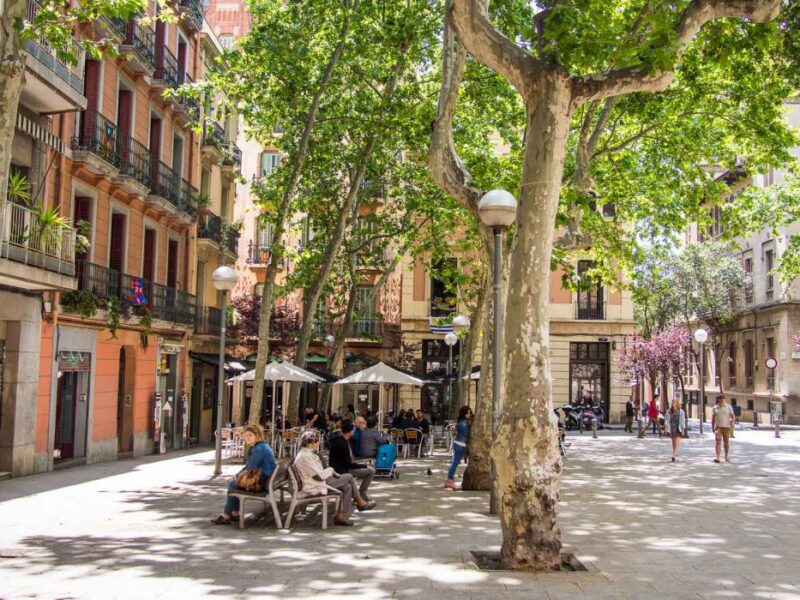
Image credit: Perfect Village
Anyway, that’s where Admira has its main office and four smaller spaces nearby.
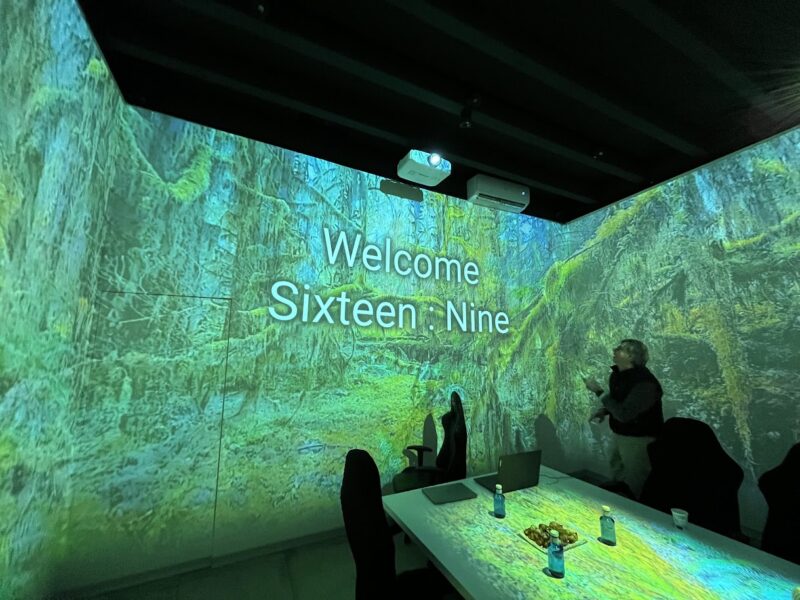
I sat first with Guillermo Grau, Admira’s Global Director of International Operations and Growth, who walked me through what the company does, and its focus. The main areas are retail and advertising.
Its software and solutions are driving the experience in the fashion chains Desigual and Mango, and in Decathlon stores (which, by the way, have mind-blowingly simple RFID-based self checkout). They also do a very large department store chain, but I don’t want to cause issues if the OK isn’t there to publicize that.
Admira’s platform also competes with companies like Broadsign for ad scheduling and management business, and works with several Spanish media companies, including those on subways and in airports.
“Everybody knows us in Spain,” says Grau, explaining how Admira goes to market. The company focus is on innovation, and operations, including customer support. There is no formal sales team, as that’s done through integration partners, with the software capable of of being white-labelled and Admira entirely behind the curtains. Though ISE was being run 20 minutes away at a local events center, the company doesn’t invest in a stand – but participates through tech partners like Lenovo.
Growth has been entirely organic through the years, supported by a couple of early investors who don’t get involved day to day. VC and PE people are in contact almost weekly with the company, looking for acquisition, but Grau says there is no interest, desire or need to bring in outside capital and, very likely, change a company culture that’s developed through the years.
What is happening, however, is the long look that many companies take at the US and Canada. Grau says they are starting to explore partnerships. It already does a lot of trade in Mexico.
I asked why the company had so many buildings in the same Gracia neighborhood, and Grau walked me down a lane to an anonymous building with one of those roll-down, roll-up metal security doors. He hit a remote, opened the door, and we were in a shoe store (see main photo) that only exists as a showroom for visiting customers or interested folks like me.
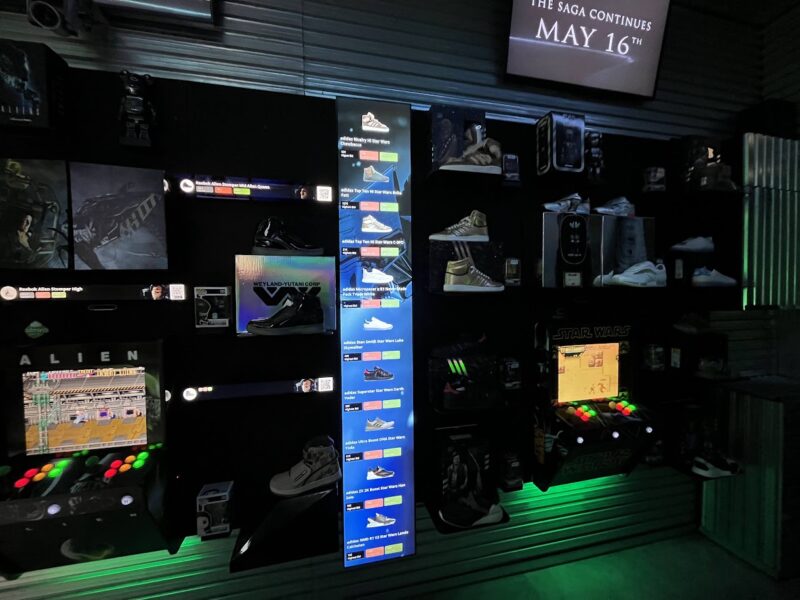
The shop was designed and built by Carlos Santin, Admira’s founder and a hardcore sneaker collector. A lot of his prized kicks are on the shelves of the store, which is kitted out with Admira-driven display tech to show how the company’s retail solutions in context. I have been in solutions providers showrooms and presentation centers that show different scenarios vaguely in context, like a faux order counter, but this place is a fully-stocked, slightly loopy store that’s just not open to the public.
I then went down to another building to see the “university” that MIT-trained Santin has spun up – a way to give back in his community. Santin had a near fatal heart attack a little more than a year ago, and as can happen with health emergencies and laying somewhat immobile in a bed for weeks, he had a bit of a re-awakening abjout life and priorities. He is now using his own money to run a training and mentoring program for local people interested in digital innovation. He very proudly walked me around electronics labs, multimedia capabilities and lecture/learning spaces.
Santin also related that his health emergency (he’s fine now) reinforced the need to do things he enjoys, in spaces that make him and his staff happy. Which led to walking down another lane in Gracia to another non-descript, secured door … and into the Millennium Falcon from Star Wars.
No, really.
It’s a replica he and family and staff have been building up, both as his part-time office, and as a fun work and meeting space. I am not overly conversant in Star Wars stuff, but what I have seen of the movies makes me think this is pretty close to the spaceship feel of those movies. The fun part is a lot of the decor is repurposed materials, like styrofoam packing for big displays – turned into wall finishes.
My photos of that are generously described as terrible, unfortunately
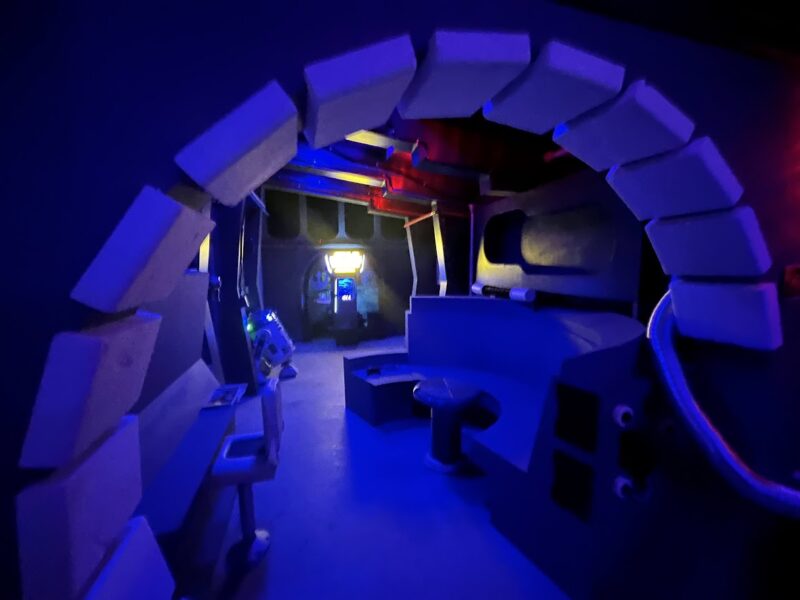
It has a very space-y feel, right down to screens that show views out to the stars.
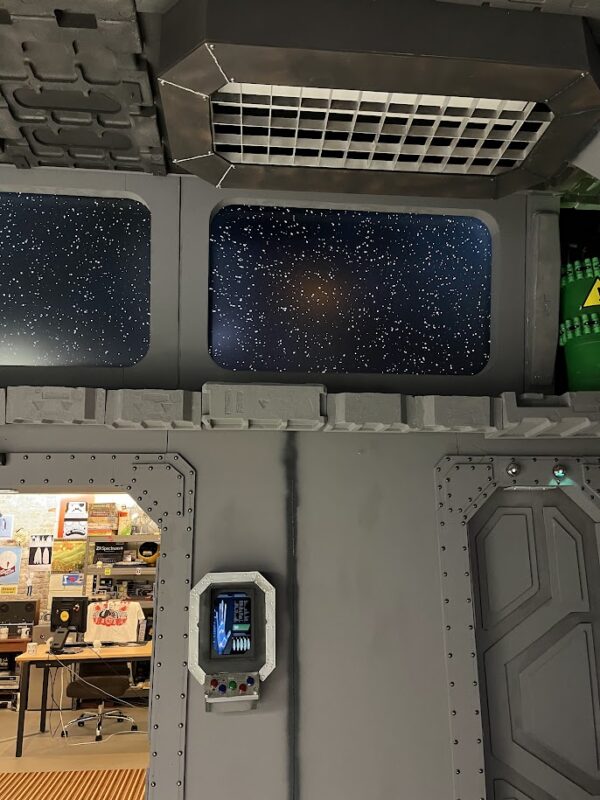
Santin also LOVES a defunct UK sitcom The IT Crowd, which ran for several years on Channel 4. He has precisely replicated the set next to the spaceship, down to individual items and secondary rooms like the kitchen. He has a pile of ancient but working computers, including an Altair and an Apple Lisa. He admits he’s a little crazy, but good-crazy.
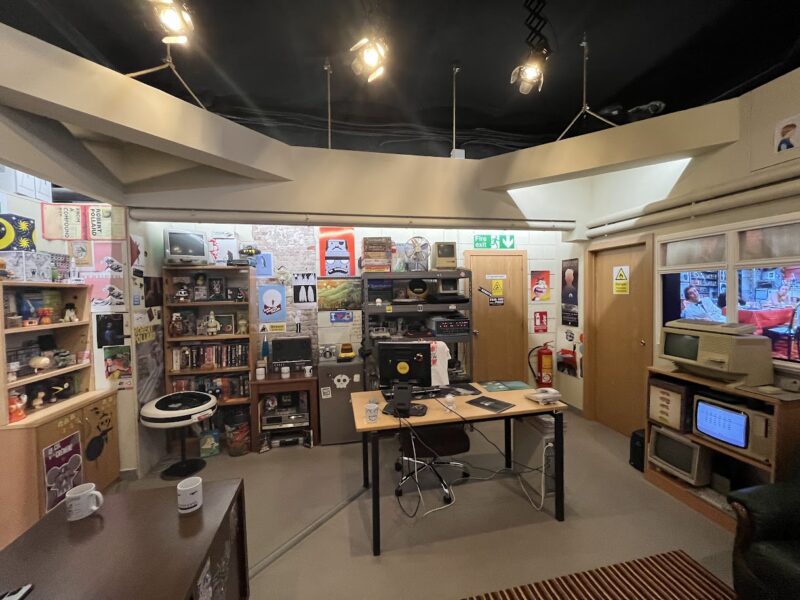
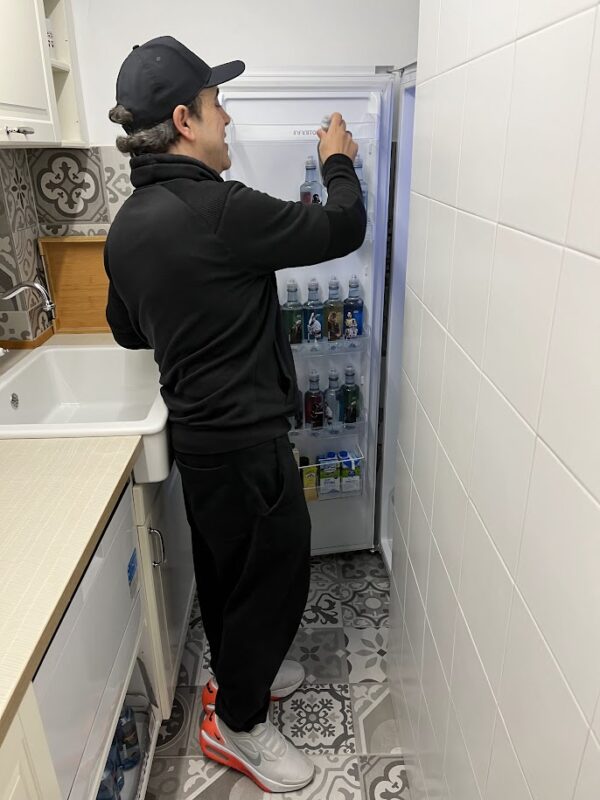
There’s also an Admira Lab in Sitges, a beach community just down the coast from Barcelona – where Santin now spends part of his time.
Most of the companies I meet up with are in office parks and other largely non-descript spaces. This was soooo different.
Super-nice people, and based on what I heard and saw, a company to watch.



Leave a comment